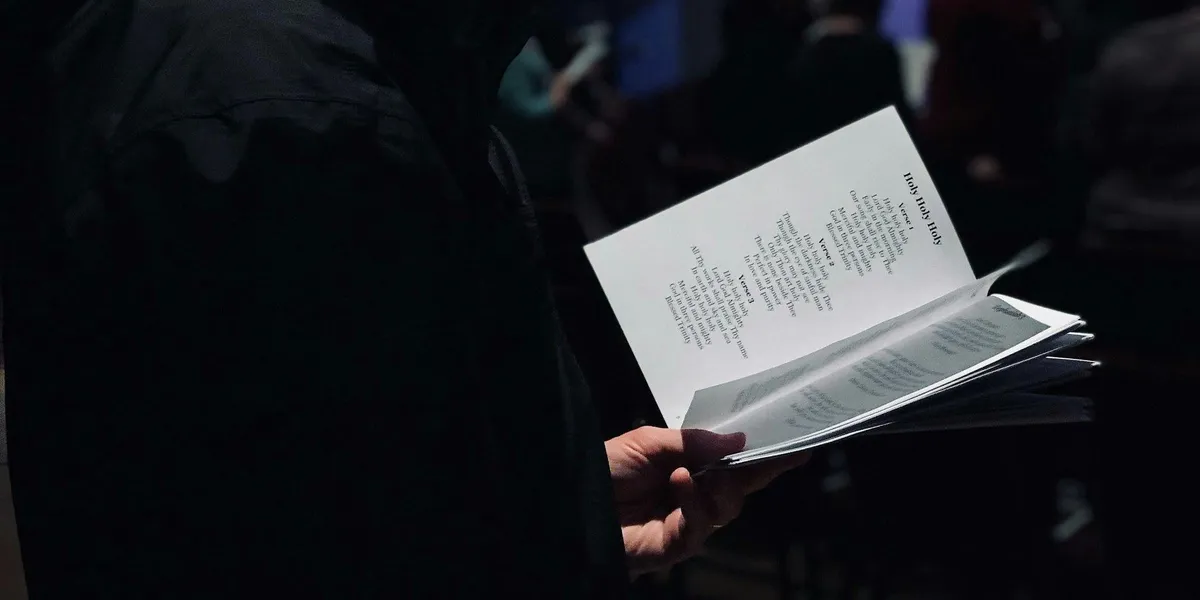Faith, Freedom, and the Left: Why Progressive Spirituality Matters

Religious freedom is taking center stage at the Supreme Court this term, with a series of consequential cases that could significantly reshape the intersection of faith and public life. As the judicial term progresses, the Court appears poised to make landmark decisions that could expand religious protections in multiple domains.
The judicial marathon began in late March, when the Supreme Court first delved into a complex religious freedom case. This initial hearing was quickly followed by two additional cases in late April, signaling a robust examination of religious rights and accommodations.
By summer, court watchers anticipate potentially groundbreaking rulings that could:
• Provide additional tax benefits for religious employers
• Allow religious parents to opt their children out of classes discussing LGBTQ+ topics
• Expand religious exemptions in various institutional settings
These potential decisions represent more than legal technicalities—they reflect ongoing national conversations about the boundaries of religious expression, individual rights, and institutional responsibilities. As the Court prepares to issue its rulings, the implications could be far-reaching for religious communities, educational institutions, and employers across the United States.
